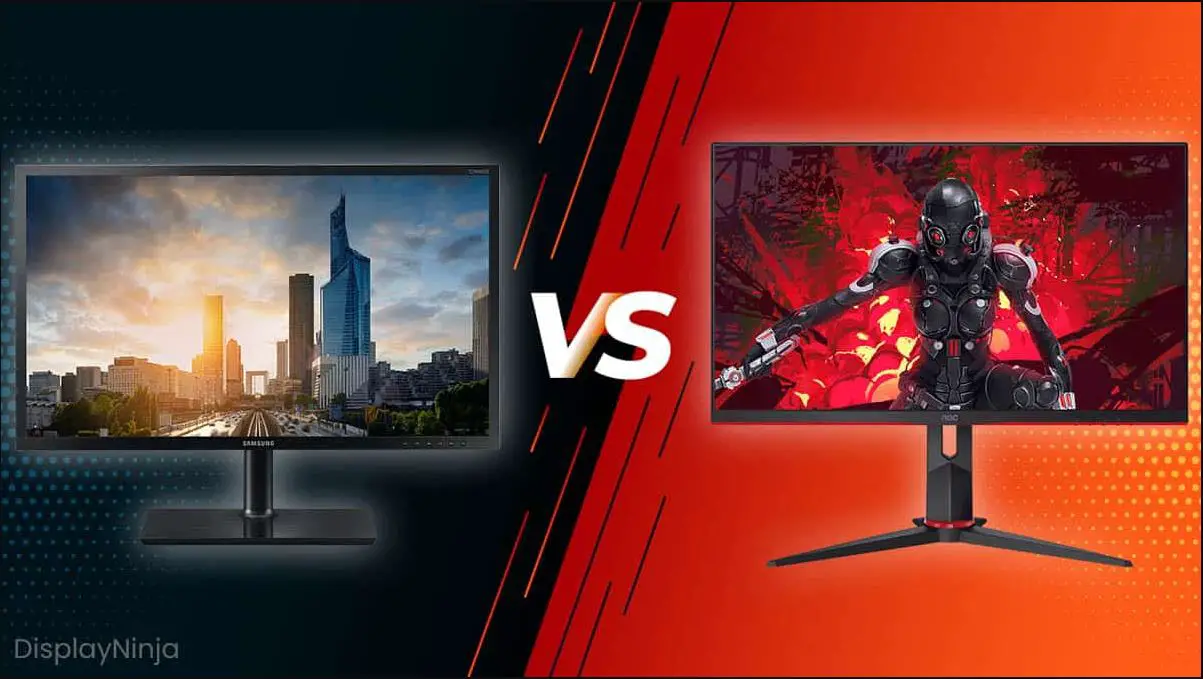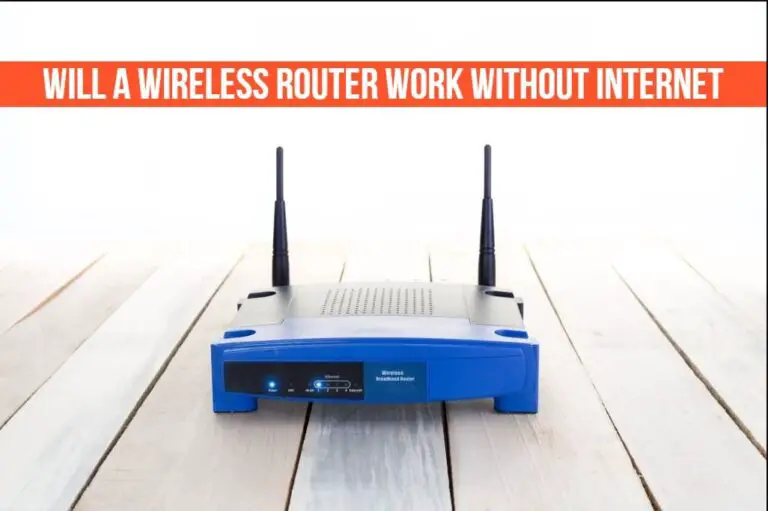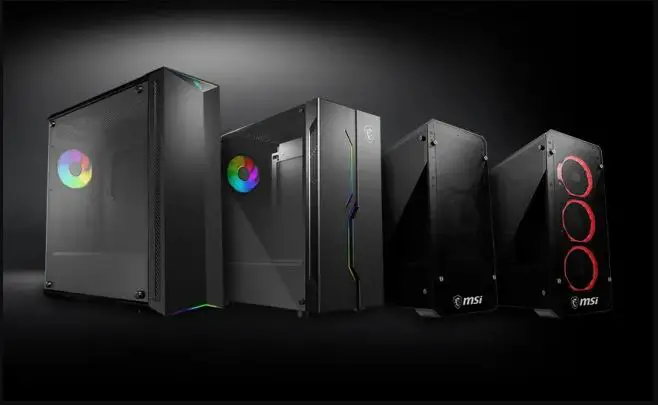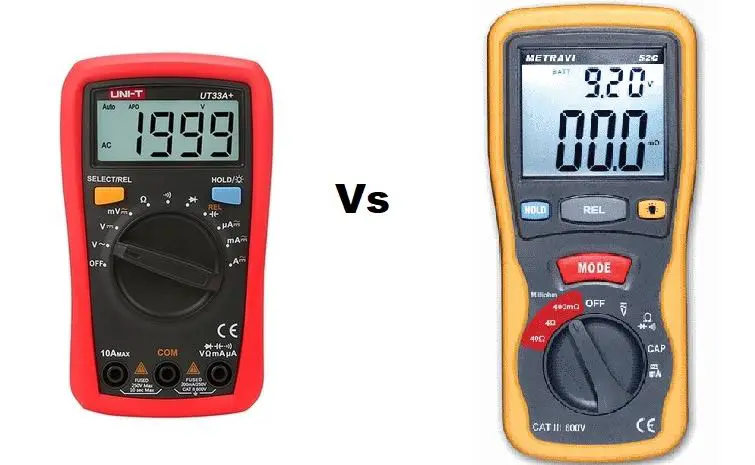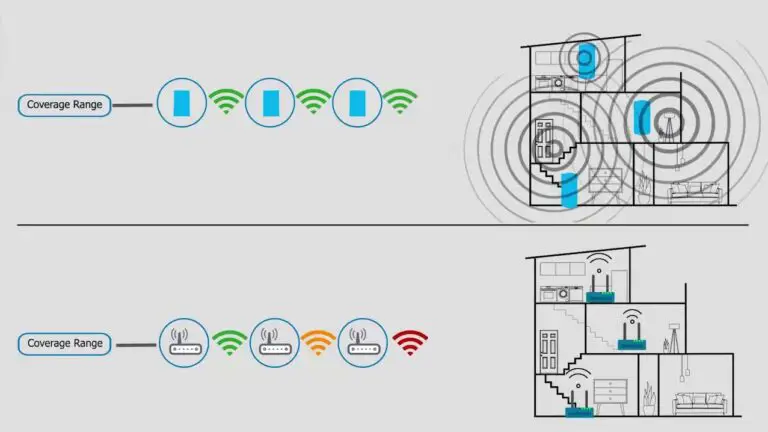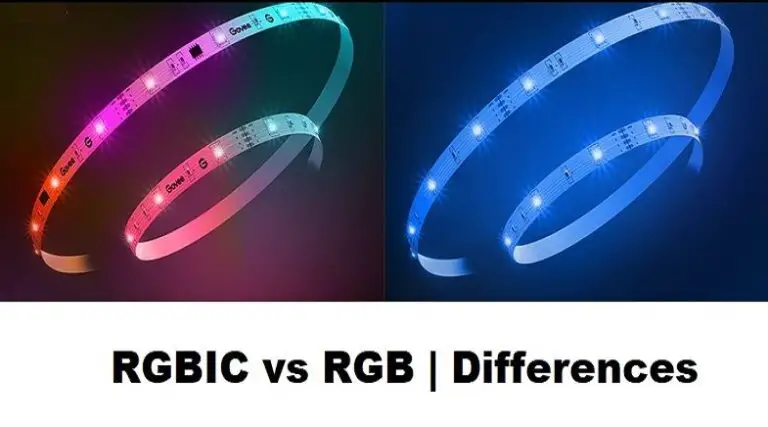LED vs IPS — Find the difference
Want to update your game by replacing it with a better display screen? So there are many options when it comes to improving your gaming needs for a monitor screen. Some factors often kept in mind are panel type, resolution, response time, refresh rates, and backlight technology. Well, the names that are common to select these screens are TFT, IPS, LCD, and LED. But for your ease, we will discuss the most common two screen technologies: IPS and LED. So let’s take a look at their difference.
| LED vs IPS | It is called the light-emitting diode | It is called in-plane switching | |
| LED vs IPS | The display is a flat panel, and the source of light is an array of diodes that emit light. | IPS panels have liquid crystal molecules equal to the substrate plane. | |
| LED vs IPS | It consumes less power, and the response and refresh time is faster. | It consumes more power, and the response time is also long. | |
| LED vs IPS | It offers excellent picture quality, a bright picture, and good contrast. | The colors of the screen are incredible, and the screen is very consistent. | |
| LED vs IPS | LED panels have similar viewing angle properties and work well in both horizontal and vertical angular directions. | IPS panels feature substantially wider viewing angles when we view through different angles with no color distortion or shift. |
This was a bird’s eye view of some significant differences. Let’s know about them in detail.
LED monitors
It is a backlight tech that works by the lightening of pixels. People often think that LED and LCD are the same, but they are not. These LEDs are different categories of LCDs. Both work on the exact mechanism of pixel lightening with a difference that is backlight tech found in LED.
Working
The primary light source is an array of light emitted by diodes. It used crystalline semiconductors. The electrodes are used to project electrons towards LED and adjust themselves to produce a picture. This is how electrical energy is converted into optical energy.
Design
Their design is so sleek, and they are skinny; that is the main reason why many people prefer them over other monitors. They are commonly used where large displays are needed, like traffic signals, outdoor signs, aviation lighting, medical devices, automotive headlamps, and general lightening.
IPS monitors
This technology is also of the up-gradation of LCD by using a panel on it. IPS displays have traditionally given better viewing angles and image quality than VA and TN competitors.
Working
The IPS monitor has an IPS (in-plane switching) panel. A traverse electric field driving system was designed and utilized in TFT LCDs for the purpose of circumventing the viewing angle problems of TN. This operating mechanism is commonly known as the IPS display.
Design
The liquid crystal molecules in IPS panels are parallel to the substrate plane. So, IPS panels have far broader viewing angles than earlier technologies. IPS panels that are of good quality can display one billion or more colors, delivering more excellent image quality over TN, VA, and TN panels.
Benefits of LED monitors
Power can be increased
In the market, such lenses are available that can enhance the diffusion of LEDs by accentuating the beam angle. This provides a better light if you feel the previous light was not enough, and that’s a great benefit.
Environmental friendly
It is well-known that more energy consumption is a significant cause of environmental pollution, but this tech uses less energy. They also emit less IR and UV radiation, which are harmful. This way, using them on signs boards is constructive for the surroundings. Also, being sturdy, they save your cost for traveling and repairing.
Programmable
You can literally operate or run these monitors sitting in any place. The major requirement is a speedy internet connection and a device. So now, if you set the LED displays in any way, let’s say sign boards outside. You can run them sitting inside. They are also weather resistant.
Benefits of IPS
Sunlight visibility
Images and colors on an IPS panel are significantly more apparent in intense outdoor lighting than on other display systems. IPS is viewable or usable in sunlight due to its improved color reproduction, backlighting, and viewing angle.
Great color reproduction
IPS panels, with an 8-bit RGB color depth, reproduce over 16 million different colors, making them an excellent choice for commercial applications requiring better details.
Wide viewing angles
In addition to their exceptional color composition skills, IPS screens provide extensive viewing angles. This is one of the numerous reasons IPS screens outperform TN panels. IPS panels can be seen from practically any angle with no limitation in image quality, while you can watch TN screens only from the front.
Which Panel is Best For Gaming?
The most crucial elements in terms of gaming are resolution, refresh rate, screen size, and response time. Except even when couch gaming is being considered, color fidelity and viewing angles are not really big concerns. Additionally, viewing angles are less of an issue for desktop programs because the primary display is typically installed directly in front of the user’s sitting posture.
Because of the aforementioned factors, VA or TN panels are typically a preferable choice for gaming. In the same price range, these monitors will provide you with a higher refresh rate and screen resolution, which is always a better deal. For single-player games that benefit from improved display quality and brightness settings, you may always invest in a second IPS monitor.
Verdict
So as you know, both of the monitor technologies have their own pros. You have a complete guide to choose from now that suits you. When selecting the one, you have to keep in mind also what purpose you are buying them. Like if you are buying them for gaming purposes or other purposes like sign boards etc.
Also, IPS monitors should be done if you have a reasonable budget because if not, you do not have to break banks for them. Because there is another promising technology present out there, LED. But the power consumption of IPS should also be kept in mind because they get heated more. We hope this article solved your confusion and helped you.

